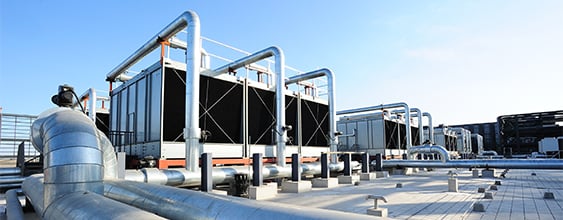The project, constructed in an urban residential neighborhood, included innovative construction methods such as multiple-location ground freezing, utilizing a centralized freeze plant to minimize community impact.
WSP proposed the idea of ground freezing as a way to provide temporary support necessary during excavation, with minimal disruptions above the surface.
Ground freezing is a low-risk solution that minimizes noise, dust, and vibration during construction and results in ground improvement that is needed to excavate tunnels and shafts in difficult ground and groundwater conditions. It not only provides support, but also eliminates the need for dewatering.
“Chilled brine from the central ‘freeze plant’ was distributed to various project sites through a network of pipes,” Jain said. “Within each site, dozens of freeze pipes were drilled from the surface to create a subterranean network of pipes in the areas to be frozen.”
The method circulates salt water brine through pipes, capturing the heat within the ground, similar to the operation of a domestic freezer. The brine freezes and solidifies the ground, making it secure for excavating.
Jain said he was grateful to have the opportunity to follow the First Street Tunnel project from start to finish.
“This is the first project of my career that I worked on from proposal phase to project close-out,” Jain said. “It took over three years from start to finish, but gave me a great sense of accomplishment, especially working under the guidance of project manager David Smith, who managed the job really well, both technically and from a leadership perspective.”


















